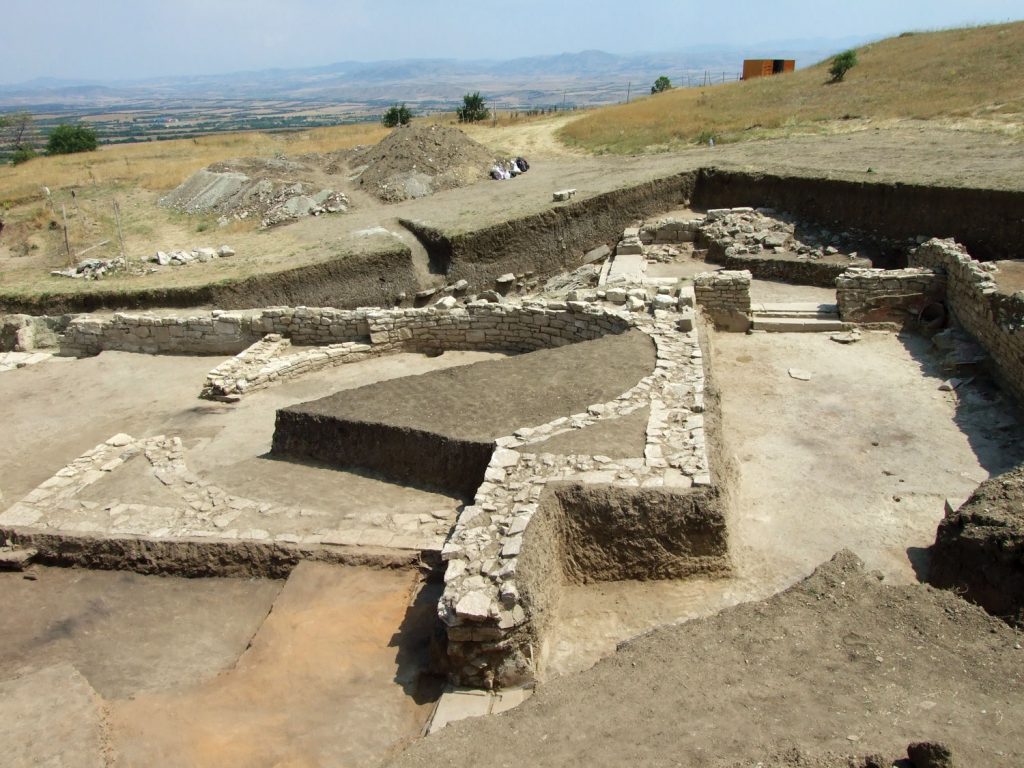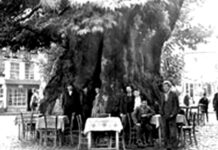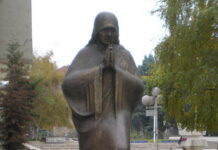DID U KNOW that when houses in Athens were still constructed of mud, Bylazora, situated on Macedonia’s territory, already boasted a grand palace? This ancient city, often hailed as the capital of the independent state of Paeonia, stands as a testament to a culture that left significant material traces on the Macedonian landscape.
Bylazora’s location, near the village of Knezje in Sveti Nikole, on the Ovče Pole plateau of eastern Macedonia, was first identified by the archaeologist and professor Ivan Mikulčić. Over the past two decades, the site has been the focus of extensive archaeological excavations, unveiling many intriguing scientific discoveries.

These excavations, spearheaded by teams from the Texas Foundation for Archaeological and Historical Research (TFAHR) and the Institute for Art History and Archeology of the Faculty of Arts in Skopje, in collaboration with the National Museum of Sveti Nikole, have unearthed layers dating back to the 5th and 4th centuries BC.
Historical records suggest that during the reigns of figures like Alexander the Great or Perdiccas II of Macedon, this region was under the dominion of Paeonic rulers. These rulers, independent of the Macedonian Empire, served as a protective buffer against northern invasions. Notably, Thucydides, the ancient historian, referenced them as the independent Paenoians in the latter half of the 5th century BC.

Bylazora was the largest Paeonian city covering an expansive area of 20 hectares. Professor Dragi Mitrevski posits that Paeonian rulers, such as Lyccei, Patra, Audoleon, Leon, and Dropion, were influential figures in this part of the world. Their independence sometimes led them to challenge the Macedonian Empire, but they predominantly served its interests.
During Alexander the Great’s era, the Paeonians held significant military roles in his campaigns. They functioned as a strategic buffer, safeguarding Macedonia from northern tribes allowing figures like Philip II of Macedonia to focus on eastern conquests.
The Paeonians, a collective term for related tribes sharing a common language and culture, have been mentioned as early as in Homer’s Iliad. They were known allies during the Trojan War, fighting alongside the Trojans. Their historical significance can be traced back to the Late Bronze Age, marking them as pivotal players in ancient events.

![Where+is+Bylazora+the+largest+city+of+the+Paeonians+located+1[1]](https://diduknow.online/wp-content/uploads/2023/10/WhereisBylazorathelargestcityofthePaeonianslocated11.jpg)




